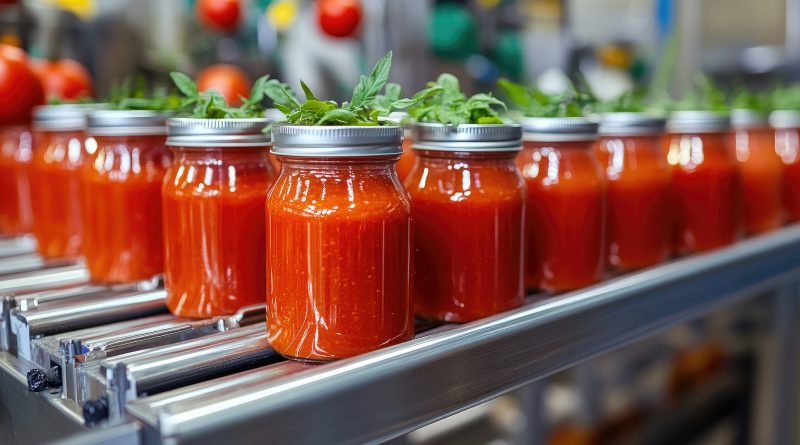How 36,000 orders put Yo Mama’s Foods on the national map
Subscribe to our free newsletter today to keep up to date with the latest food industry news.
Less than a minute after David Habib appeared on Good Morning America, his Clearwater-based business Yo Mama’s Foods logged 36,000 orders. The national exposure reached more than 3 million households and set off a scramble at the company’s Florida headquarters. Habib brought on 20 new employees to manage the surge, which tested the brand’s fulfillment systems and put its operations under the national spotlight.
The company is now preparing for a second national appearance, this time on ABC’s View Your Deal. For Habib, the return to television is more than a marketing win. It is a validation of a brand that started in a home kitchen and now stands in over 24,000 stores across 11 countries.
Scaling a homemade recipe
Yo Mama’s Foods was founded in 2017, built around recipes inspired by Habib’s mother. From its earliest days, the company positioned itself in the premium food space. The brand offers pasta sauces, condiments and dressings that meet clean-label standards with no added sugar, preservatives or artificial ingredients. That clarity of mission helped it build early loyalty.
During the pandemic, demand for at-home cooking options surged. Yo Mama’s benefited directly as consumers began trading up from legacy brands. Retailers including Walmart, Sam’s Club, Kroger and Whole Foods expanded shelf space for better-for-you alternatives. By keeping ingredients simple and production domestic, Yo Mama’s found itself increasingly aligned with what modern shoppers were searching for.
The recent Good Morning America segment accelerated that trend. What was once steady organic growth became a live stress test for the company’s logistics. Habib’s decision to keep fulfillment in Clearwater proved strategic. It allowed for quick pivots and gave the company control during a moment of national attention.
Shaping the future of regional food economies
Yo Mama’s growth signals more than an individual success. It reflects how smaller food producers can redefine local economies. As Tampa Bay looks to diversify beyond tourism and real estate, businesses like Habib’s offer a different model for growth. Yo Mama’s has kept its hiring local and reinvested into the community infrastructure that helped support its early years.
The brand’s emergence also comes as the clean food movement continues to evolve. Once a niche positioning, clean label is becoming a mainstream consumer expectation. Large multinational producers must now react to standards that independent brands have already embedded in their identity. Yo Mama’s offers a case study in how those smaller players can meet rising consumer expectations while scaling responsibly.
For the broader industry, the case introduces important questions. Can smaller companies keep their identity intact while expanding distribution and exposure? Will regional brands play a larger role in reshaping grocery shelves traditionally dominated by a handful of global names? And can growth moments created by national media be sustained long enough to build lasting market share?
Business lessons in preparedness
For entrepreneurs and investors in the food space, Yo Mama’s trajectory offers several lessons. First is the importance of readiness. Media moments like a morning show feature can happen quickly. Companies need fulfillment, staffing and digital systems in place to take advantage of such exposure.
Second is clarity. Yo Mama’s entered the market with a tightly defined story. Products inspired by family. No additives. Made with love. These values translated easily to both packaging and broadcast messaging. That consistency made it easier for new consumers to connect with the brand in just a few seconds on screen.
Third is market alignment. Yo Mama’s benefits from a wave of consumer interest in cleaner foods and home cooking. It speaks to a desire for authenticity and transparency. Brands that understand where market momentum is heading can build traction faster than competitors reacting after the fact.
Sources
